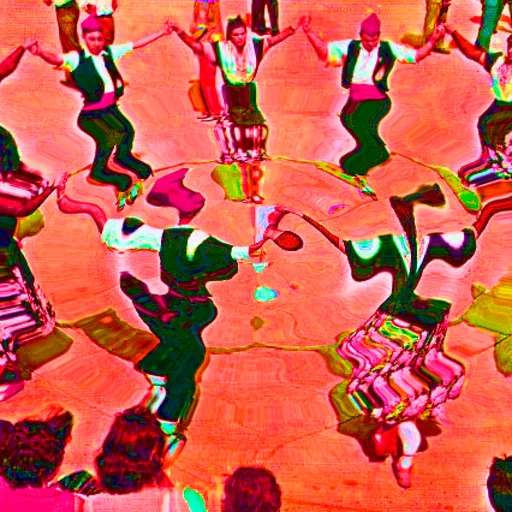Brutal/Feral: Survival Architectures
In the 1950s in the United States, in the midst of the Cold War, two models of modernity with great projection were consolidated: that represented by rationalist architecture in its elitist or suburban extremes (represented in projects such as the Case Study Houses, organized by the magazine Art & Architecture, between 1945 and 1966) and that derived from the lessons of Buckminster Fuller, such as the fascination with geodesic domes, which invited people to live in light and economical, almost tribal forms, very inspiring for the hippie imagination, such as the case of the Drop City commune in Colorado in 1960. In other words, we are talking, on the one hand, about the aesthetics of the bunker with a brutalist heritage and, on the other, the aesthetics of the cabin, between fortification and communion with nature, between clear and artificial demarcations and an architecture in which one world confusingly penetrates the other. It would be tempting to say that these imaginaries correspond to scenarios that cinema has cultivated as utopian and dystopian, but this is not exactly the case, because dreams and nightmares have acquired characteristics of both visions.
Brutal, or brutalism, refers to various architectural typologies, inspired by the rationalism of the 1920s and 1930s, but hypertrophied by post-war needs and the fascination with cement. Brutalism seems particularly overwhelming and dehumanizing in Eastern countries, perhaps for this reason the buildings have become places of worship. This aesthetic, devoid of ornaments, monumental, modular and often inspired by military fortifications, from castles to bunkers, diversifies its use by becoming the headquarters of public buildings, workers’ neighborhoods or luxury homes in equal parts. In 2017, with Donald Trump’s victory in the presidency of the United States, the demand for bunkers grew by 700%. There are fortified cities that are advertised today as refuges for the privileged (Seasteading Institute), while atomic shelters are back in fashion or model cities are secretly designed for Silicon Valley billionaires (next to the old Travis Air Force Base, in California). At the same time, we see floating cement prisons on the British coast (Bibby Stockholm) that seem to be taken from Hollywood (Escape Plan, with S. Stallone, 2013) or we imagine houses and neighborhoods of containers, intended indiscriminately for students, hipsters or temporary workers.
Feral is what we call domestic animals that, when abandoned, return to a nature that is both strange and hospitable to them. Dogs abandoned on the outskirts of the city, cat colonies, monkeys in India adapted to the city as a “new forest”… In our understanding, Feral refers to landscapes such as that of Prypiat (Chernobyl), which have seen the city reclaimed by nature, in a paradoxical mirage of a possible city. Among the projects that seek to recover constant contact with natural spaces, without giving up urban activity (social, work, economic…) are the Amazon Spheres in Seattle, the forest-city projects in Singapore (Forest City Johor) or Stefano Boeri’s Green Towers in Nanjing, among many projects that recover bridges, promenades, facades, rooftops and even parking lots as spaces to be reforested with new green mass. The most surprising of these projects, which fuse both utopian and dystopian imaginaries, are the so-called Underground Green Spaces, such as The Lowline underground park in New York, a laboratory for underground landscaping, fostering young talent and building communities, closed in 2017, but still very influential today. These are just a few examples of this architecture in search of a new communion with nature that transcends three centuries of gardens and zoos that are no longer able to satisfy our need for a sustainable contract between civilization and nature.
If brutalism has been the home of the great villains of cinema; the cabin or the feral model, has made innocent, utopian, marginal characters shine (Walden, Kaspar Hauser, Mowgli, Tarzan, Captain Fantastic, Lord of the Flies…). Wild cities, those where nature and culture struggle and coexist, are also proof of the future ruins of a collapsing planet embodied by countless stories in science fiction cinema, which confirm that the roots of dreams are also the roots of fear. These references are key at a time when, due to the climate emergency, the carbon footprint is being questioned, the relationship between human, animal and plant ecosystems is being questioned and what architecture cities should have to be more habitable from the point of view of comprehensive health is being reconsidered.
BRUTAL/FERAL proposes to evoke this scenario, these imaginaries based on the work of several contemporary artists in the exhibition spaces of Bòlit, the Centre d’Art Contemporani de Girona, as well as in the public spaces of the city.





